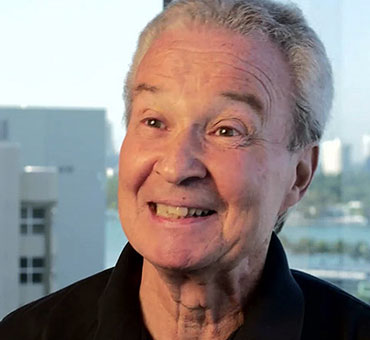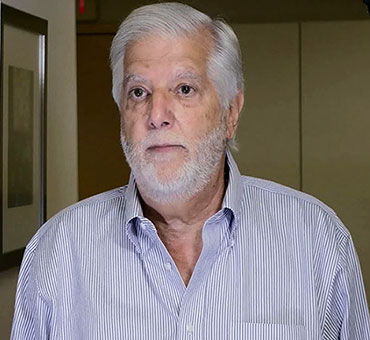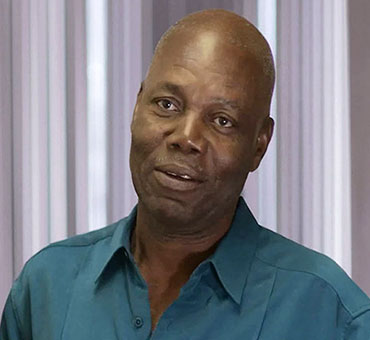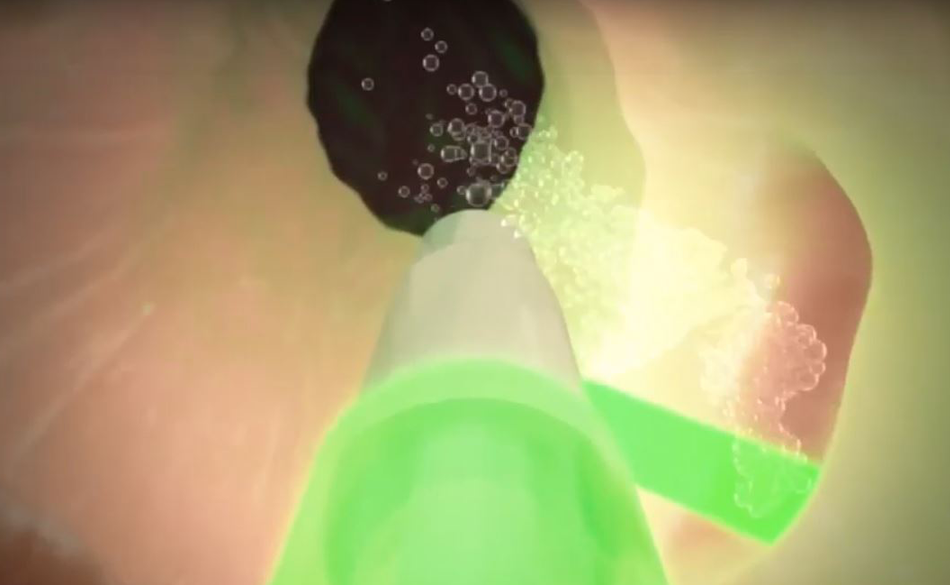
Photoselective Vaporisation of the Prostate
Don't let BPH control you. There may be alternative solutions
available to you.
What is Photoselective Vaporisation of the Prostate?
Photoselective Vaporisation of the Prostate (PVP) is a short hospital stay procedure that uses laser technology to remove overgrown prostate tissue. And rapidly restore natural urine flow. Often within 24 hours of the procedure. However, medical history, your health condition and other factors can influence treatment and recovery.
PVP is an option for men on anticoagulants or blood thinners.2 Or if you have an implanted pacemaker, defibrillator or neurostimulator.3
What do patients say?
Photoselective Vaporisation of the Prostate (PVP) has helped more than 1 million men around the world relieve the symptoms of BPH.1 And get back to life.
Men don’t typically talk about things like BPH. Even with their partners, friends, family or family doctor. Until it starts getting in the way. Of work, sleep, sex, everything. Hear firsthand from men who battled BPH, and had this treatment which helped them return to normal life.

Harvey
"The surgery was a wonderful procedure. It just returned me to my normal life before I had any difficulty. I was able to urinate at a normal level."

Jon
"Right after the procedure, I couldn’t believe how comfortable I was. I was back at my desk in the office the next day with no discomfort, like I had nothing done except I had all this relief."

Joseph
"Right after the laser surgery, I felt relieved instantly."
The following testimonials recount the experiences that are specific to these individuals. As with all medical treatment, not every response is the same. We recommend you talk to your doctor or urologist about which treatment is right for you.
Person/s providing the testimonial may have been compensated for their time.
Take the Quiz
Take our BPH quiz to identify if you are experiencing BPH symptoms and help you
kick-start the conversation about BPH with your doctor or urologist.
Find a Urologist
Use our Specialist Finder to get in contact with urologists who specialise in diagnosing and treating male urinary conditions like BPH.
References
- Data on file with Boston Scientific.
- Sohn JH, Choi YS, Kim SJ, Effectiveness and safety of photoselective vaporization of the prostate with the 120 W HPS GreenLight laser in benign prostatic hyperplasia patients taking oral anticoagulants. Korean J Urol. 2011 Mar;52(3):178-83.
- GreenLight XPS™ Laser System Operator’s Manual, Part No. 0010-0240 Rev. C. November 2010.
- Bachmann A, Tubaro A, Barber N, et al. 180-W XPS GreenLight laser vaporization versus transurethral resection of the prostate for the treatment of benign prostatic obstruction: 6-month safety and efficacy results of the European multi-centre randomized trial – The GOLIATH Study. Eur Urol. 2014 May;65(5):931-42.
- Lukacs B, Loeffler J, Bruyère F, et al. Photoselective vaporization of the prostate with GreenLight 120-W laser compared with monopolar transurethral resection of the prostate: A multicenter randomized controlled trial. Eur Urol. 2012;61(6):1165-73.
- Capitán C, Blázquez C, Martin MD, et al. GreenLight HPS 120-W laser vaporization versus transurethral resection of the prostate for the treatment of lower urinary tract symptoms due to benign prostatic hyperplasia: A randomized clinical trial with 2-year follow-up. Eur Urol. 2011 Oct;60(4):734-9.
- Al-Ansari A, Younes N, Sampige VP, et al. GreenLight HPS 120-W laser vaporization versus transurethral resection of the prostate for treatment of benign prostatic hyperplasia: a randomized clinical trial with midterm follow-up. Eur Urol. 2010 Sep;58(3):349-55.
- Bouchier-Hayes DM, Van Appledorn S, Bugeja P, et al. A randomized trial of photoselective vaporization of the prostate using the 80-W potassium titanyl-phosphate laser vs transurethral prostatectomy, with a 1-year follow-up. BJU Int. 2010 Apr;105(7):964-9.
- Garnick MB. 2013 Annual Report on Prostate Diseases. Boston, MA: Harvard Health Publications; 2013.
- Ajib K, Mansour M, Zanaty M, et al. Photoselective vaporization of the prostate with the 180-W XPS-Greenlight laser: Five-year experience of safety, efficiency, and functional outcomes. Can Urol Assoc J. 2018 Jul;12(7):E318-E324
- Thomas JA, Tubaro A, Barber N, et al. A multicenter randomized noninferiority trial comparing GreenLight-XPS laser vaporization of the prostate and transurethral resection of the prostate for the treatment of benign prostatic obstruction: two-yr outcomes of the GOLIATH Study. Eur Urol. 2016 Jan;69(1):94-102.
Results from case studies are not necessarily predictive of results in other cases. Results in other cases may vary. All images are the property of Boston Scientific. All trademarks are the property of their respective owners.
DISCLAIMER: *Individual symptoms, situations, circumstances and results may vary. This quiz is meant for information purposes only, it is not intended to be used for medical diagnosis or treatment or as a substitute for professional medical advice. Please consult your doctor or qualified healthcare provider regarding your condition and appropriate medical treatment. This site is intended for Australian residents only. Please review the Boston Scientific Privacy Policy, for practices on the collection, storage, use and disclosure of your personal information.
CAUTION: Indications, contraindications, warnings and instructions for use can be found in the product labeling supplied with each device.



